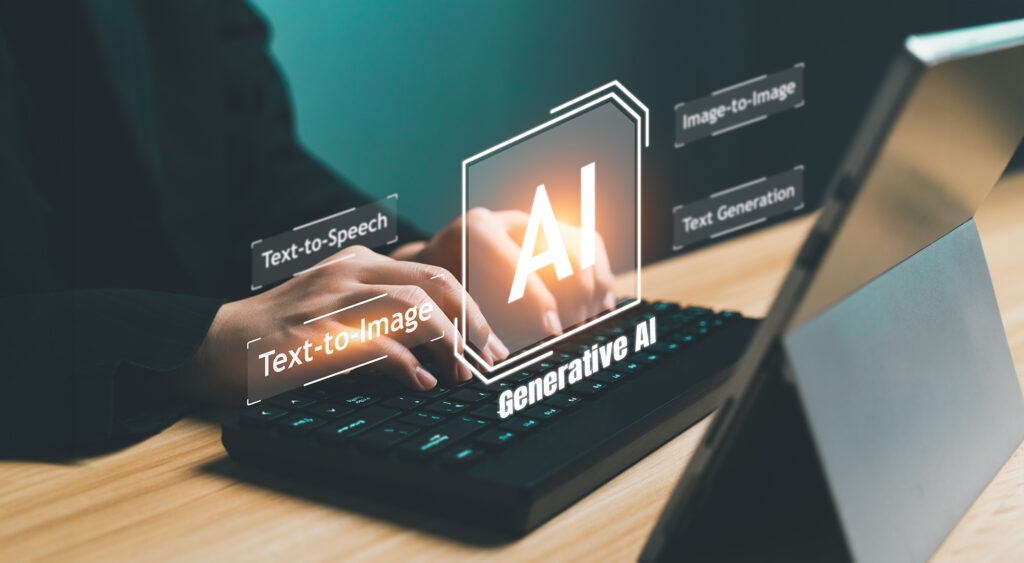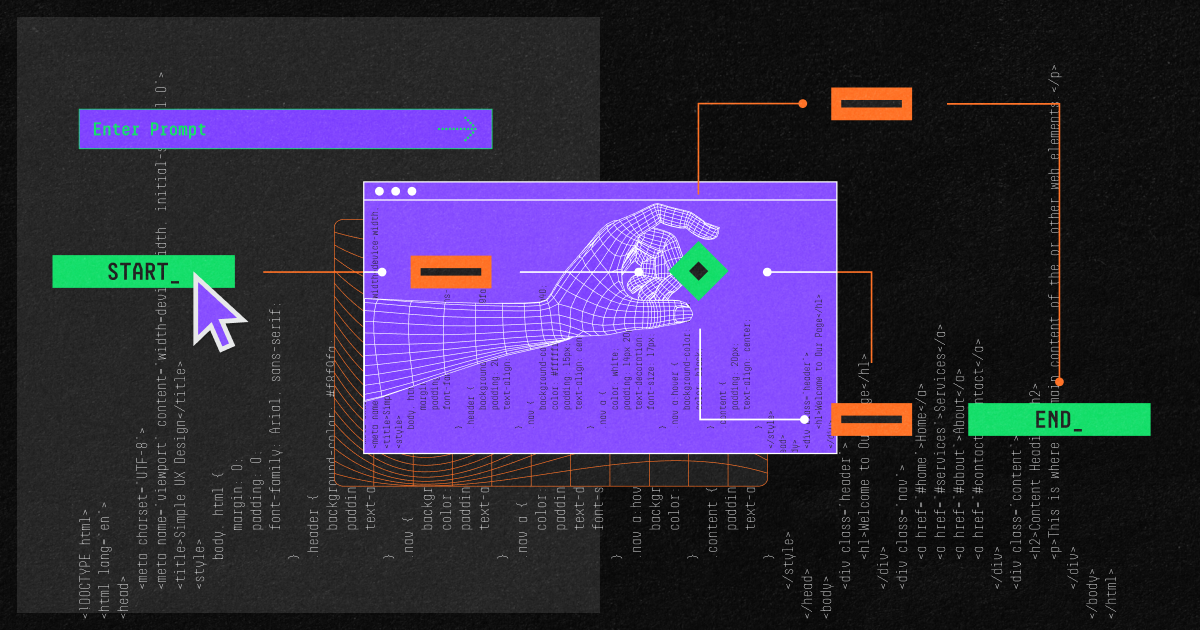The intersection of generative AI and UX/UI design marks one of the most transformative moments in the digital design industry. Once a field rooted in manual iteration, user testing, and painstaking prototyping, design is now entering an era where algorithms can generate layouts, anticipate user needs, and even simulate emotional reactions. Generative AI is not just accelerating the design process—it’s fundamentally altering how designers think, work, and create. Here’s how this technology is reshaping UX/UI design, and why its impact will be lasting.
From Tools to Collaborators
Traditionally, AI in design functioned behind the scenes: optimizing code, suggesting colors, or assisting with basic automation. But generative AI moves beyond assistance into co-creation. Tools like Adobe Firefly, Figma AI, and Midjourney allow designers to generate entire visual concepts, layout variations, and UI elements from simple prompts. Designers are no longer confined to their own ideation process; they now collaborate with algorithms capable of suggesting unexpected directions.
This shift reframes the designer’s role—not as the sole creator, but as a curator and director. With AI handling the repetitive or generative heavy lifting, designers can focus more on strategic thinking, user empathy, and refining the final experience.
Speed and Scale Redefined

Speed is one of the most immediate and visible advantages of generative AI. Tasks that used to take hours or days—wireframing, creating visual assets, A/B testing different layouts—can now be done in minutes. AI can generate dozens of versions of a landing page, suggest content placements, or adapt a UI for various screen sizes almost instantly.
This speed unlocks scalability. Design systems can now evolve dynamically, supporting global product teams with real-time asset creation, multilingual localization, and adaptive interfaces. For startups and enterprises alike, AI-driven design offers a way to scale their digital presence without linearly scaling their design teams.
User-Centered Design Gets a Predictive Edge
One of the core principles of UX design is anticipating user needs—and generative AI is enhancing that capability. By analyzing vast amounts of behavioral data, AI can surface patterns that inform design decisions in real time. Designers can use predictive analytics to preempt user drop-off points, highlight pain areas in the UI, or identify features users didn’t know they needed.
In some cases, AI can simulate user interactions to test interfaces before they go live. This means feedback loops are tighter and more proactive, reducing reliance on long cycles of user testing and iteration.
Content and Copy Generation
Beyond visuals, generative AI is having a massive impact on UX writing and microcopy. Tools powered by large language models can now generate button labels, onboarding scripts, help documentation, and even chatbot dialogue in real time, tailored to specific audiences or tones of voice.
While AI-generated content still needs human oversight for clarity, tone, and inclusivity, it dramatically accelerates content design and helps maintain consistency across large-scale interfaces. This is especially valuable for global products that require content variations in multiple languages and cultural contexts.
New Modes of Prototyping and Ideation

Prototyping is becoming faster, smarter, and more flexible. Designers can now use natural language prompts to describe an interface—“A mobile checkout screen with three steps and Apple Pay option”—and get a functional wireframe in seconds. This changes the dynamic of early-stage design sessions, making it easier for cross-functional teams to collaborate and iterate rapidly.
Some tools even enable voice-based prototyping or sketch-based input, where rough drawings are converted into high-fidelity mockups by AI. These new ideation modes lower the barrier for non-designers to contribute meaningfully and help democratize design thinking within organizations.
Challenges Around Consistency and Coherence
While generative AI can produce a flood of design options, not all of them are coherent or brand-aligned. One of the emerging challenges is quality control—ensuring that generated outputs adhere to a product’s design system, accessibility standards, and user expectations.
Designers must act as filters and enforcers of consistency, using AI within the guardrails of established brand guidelines. Companies are increasingly embedding design tokens, pattern libraries, and semantic rules into their AI tooling to ensure alignment.
Ethical Considerations and Bias in Design

With great power comes the responsibility to use AI ethically. Generative AI can reflect or amplify biases in training data, leading to exclusionary designs or tone-deaf content. For example, AI-generated avatars might lack diversity, or content suggestions might reinforce stereotypes. Designers must scrutinize not just what AI produces, but how and why it produces those results.
Ethical design practices now include AI literacy: understanding model limitations, data provenance, and algorithmic transparency. Inclusive design also takes on new urgency in the age of AI—ensuring that automated outputs don’t marginalize users or exclude edge cases.
Redefining the Designer’s Skill Set
Generative AI is prompting a shift in the skills required for UX/UI designers. Technical proficiency with design tools is now supplemented by prompt engineering, data interpretation, and system thinking. Designers are learning how to write effective prompts, evaluate AI-generated content, and integrate outputs into holistic user journeys.
Soft skills are also rising in importance. Strategic thinking, storytelling, and ethical reasoning are becoming key differentiators in an era where visual output can be automated. The designer of the future is not only a craftsperson, but a systems thinker, facilitator, and ethical guardian.
The Future: Adaptive, Living Interfaces
Generative AI is laying the groundwork for interfaces that are not just designed once and deployed—but that evolve. Imagine a website that adapts its layout based on the user’s past behavior, or a mobile app that rewrites its onboarding flow depending on the user’s tech literacy. AI makes such adaptive experiences feasible.
In the future, we may see dynamic UIs that regenerate in response to context, device, or even emotion. Design becomes less about static screens and more about flexible frameworks governed by intelligent rules.
Conclusion
Generative AI is not replacing UX/UI designers—it’s transforming them. By automating low-level tasks, expanding creative possibilities, and enabling real-time personalization, AI is ushering in a new era of design that is faster, more inclusive, and more adaptive than ever before.
But this transformation also brings new responsibilities. Designers must navigate the ethical, cultural, and human implications of algorithmic creation. The future of UX/UI lies not just in what AI can generate, but in how humans guide that power with intention, empathy, and purpose.







